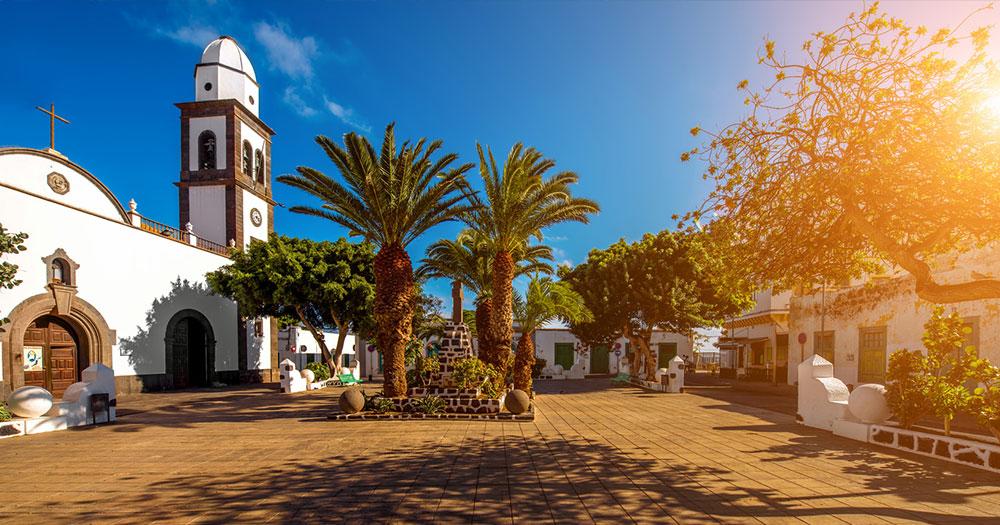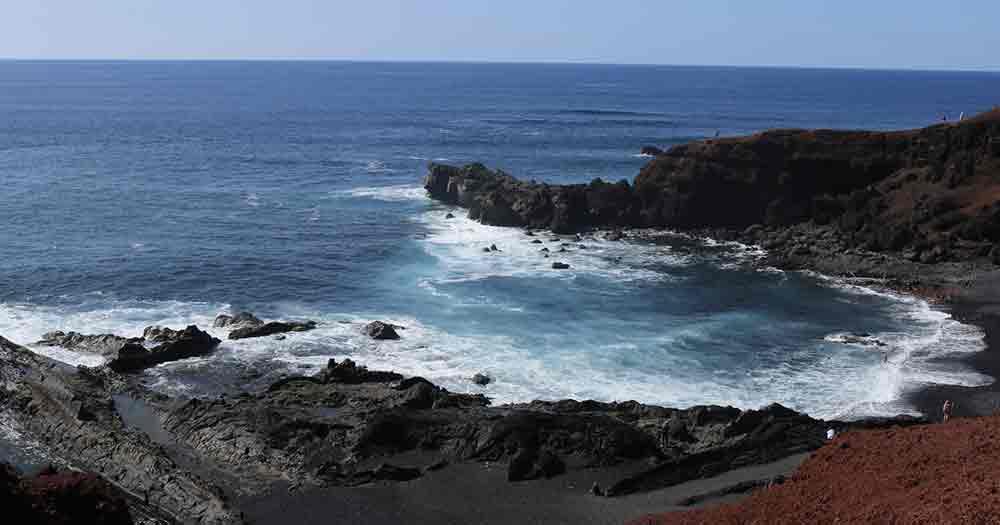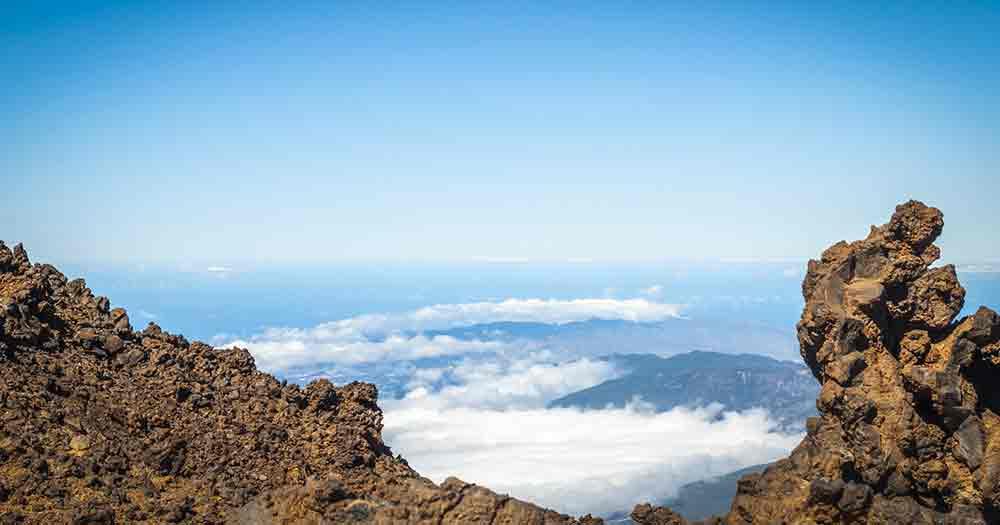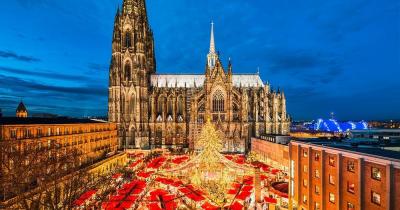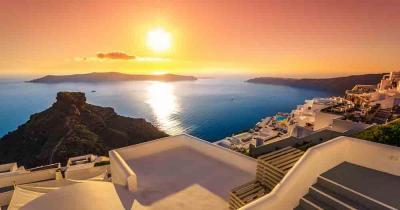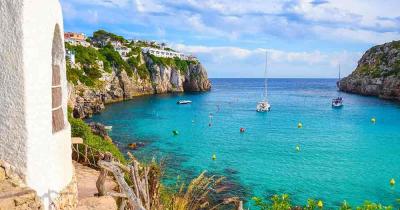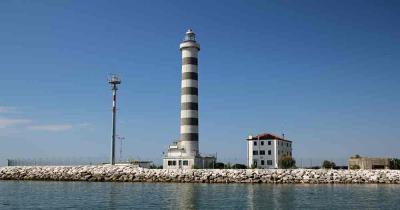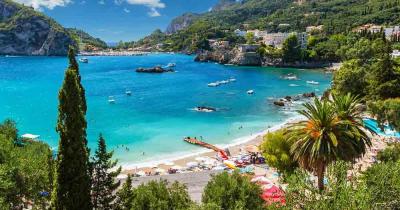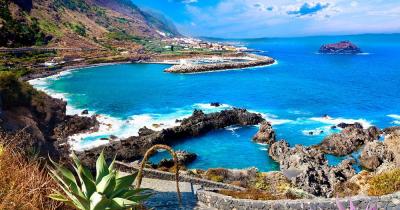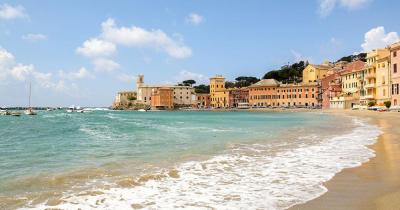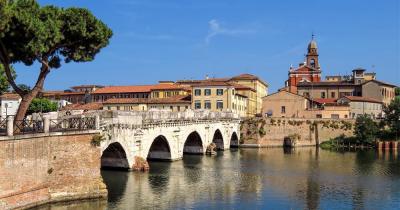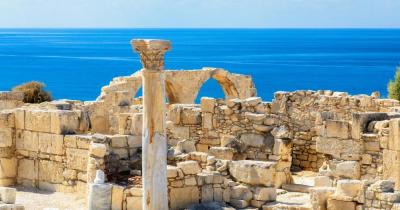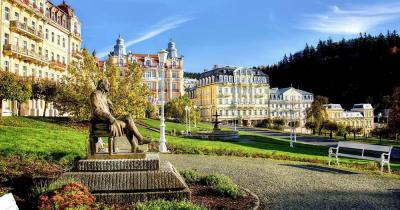Lanzarote
An island of opposites and contrasts
Categories: Lanzarote Canary Islands Spain
Rugged, black basalt and lava rock, for this the volcanic island of Lanzarote is world-famous, but now and then houses painted in white color shine like a mirage and stand out from the dark volcanic landscape. Extremely barren and dry, the Canary Island is surrounded by the shimmering turquoise of the Atlantic Ocean. By nature only sparsely overgrown by a species-poor flora, in many places the green vines sprout only so from the ground and form large cultivation fields.
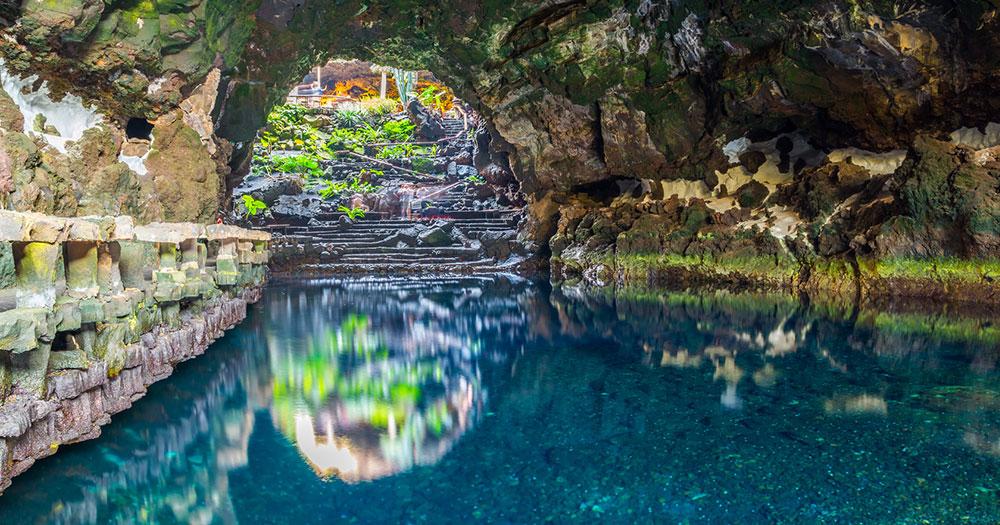 © Fominayaphoto / Fotolia
© Fominayaphoto / Fotolia
Lanzarote is undoubtedly an island of contrasts and contrasts and masters this game to perfection. Whether it is discovering the bizarre volcanic landscape, the traces of the artistic work of César Manrique, a dreamlike vacation on the beautiful beaches or sports activities on the mainland and in the sea - the range of experiences on the northernmost and at the same time fourth largest island of the Canary Islands is versatile and varied and together with the year-round summer climate makes it one of the most popular vacation islands among sun-hungry holidaymakers from all over the world.
This island is a true work of art
Lanzarote is the work of two extremely talented and creative artists and creators - nature and the sculptor and architect César Manrique. More than 100 mountains of fire, as the volcanoes of the island are affectionately called, countless ash mountains, dark black and uncovered lava fields and a multitude of eruption craters tell the special volcanic history of the island and give the island its unmistakable, unique face. This bizarre volcanic landscape with its colorful language of shapes and colors seems almost extraterrestrial and prompted UNESCO to designate the entire island as a biosphere reserve in 1993.
The volcanic heart of the island is the 50 square kilometer Timanfaya National Park. Here visitors not only experience the unreal lunar landscape at close range, but also discover that the volcanic landscape is not so barren. This is because a large number of lichens, as well as succulents and euphorbias, which are perfectly adapted to the drought and heat due to their water storage capacity and resistance to drought, have adapted to the extreme conditions of the landscape of volcanic origin.
The second artist who has had a lasting influence on the island's current appearance is the famous artist César Manrique. As a child of the island, the preservation of the unique nature, but also of the cultural identity was particularly close to his heart. Thus he advocated the preservation of traditional architecture and ensured that no building on the island may have more than three floors. It is thanks to him that in the old villages of the island the houses still shine in the brightest white, complemented by green doors and windows.
With his "Seven Wonders", Manrique has also left artistically valuable traces that should definitely be visited during a stay on the island. One of these is the César Manrique Foundation, which is housed in his former residence and exhibits works by various Spanish artists. But the real attraction are the underground lava bubbles under the house, which have been transformed into unique rooms and are connected by cave passages. Another unforgettable experience is a visit to the "Jameos del Aqua", a grotto made up of various hollow lava bubbles in an underground salt lake, which Manrique has equipped with a restaurant, a swimming pool and a concert hall.
Also beach vacationers and water sports enthusiasts will find something for themselves
Thanks to the year-round summer temperatures, the high number of hours of sunshine and the beautiful beaches, the volcanic island is also a worthwhile destination for beach and bathing vacationers. It convinces with an unexpected spectrum of different beaches, because along the 100 kilometer long coastline you will find characteristic black lava beaches, fine sandy beaches and rugged and rocky bays. Playa Chica is rather quiet and at certain times often deserted, while Playa Grande is ideal for families with children because of its calm waters. 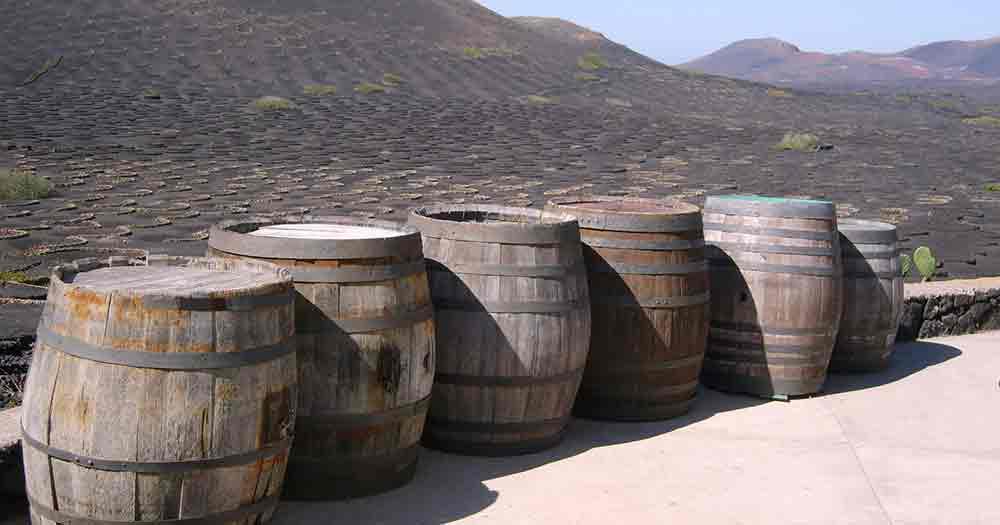 © Sabine L. Heeling / Fotolia
© Sabine L. Heeling / Fotolia
A real natural jewel are the Playas Papagayos, seven bright white sandy beaches, which are separated by mighty lava rocks into individual bays.
But also friends of water sports will be delighted by the beaches and coastal waters of the island. Whether windsurfing, kite surfing. Surfing, sailing or diving, the year-round warm water of the Atlantic Ocean offers great conditions for all kinds of water sports. Windsurfers and kite surfers are in good hands on the windy north coast, where numerous schools teach beginners the fun of surfing. Unforgettable
